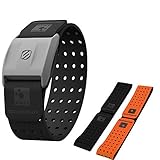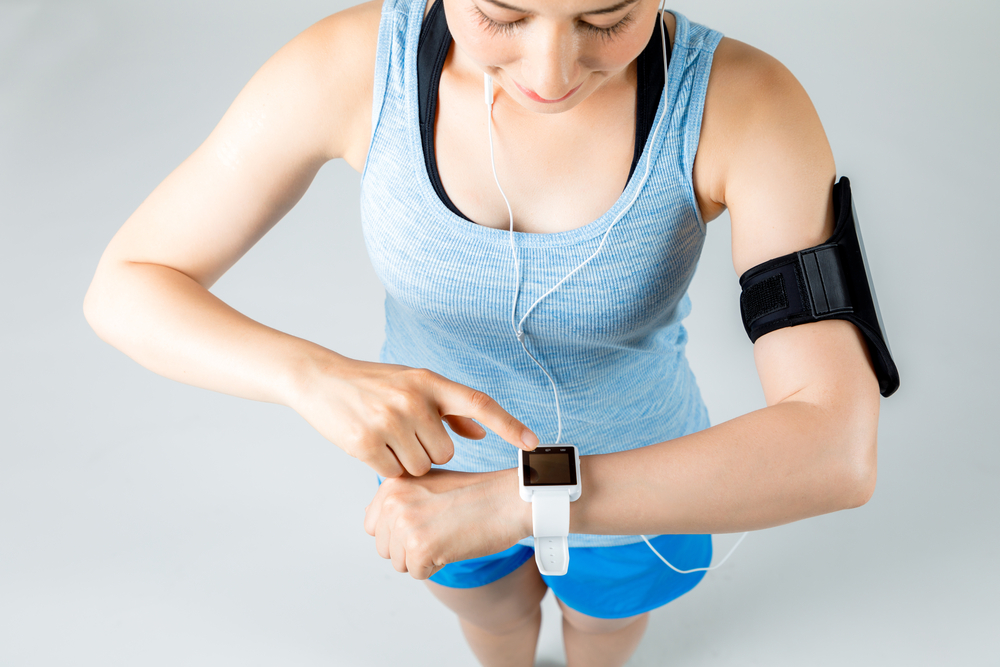There are many motivations for monitoring your heart rate. For those with medical conditions, the resting heart rate and maximum heart rate may demonstrate possible heart and other health issues. For some, a slow heart rate can be deadly. For others, a high heart rate can be the problem.
Measuring your heart rate can also show doctors the effects of exercise, certain activities, medications and other things on your body. Apart from medical care, athletes are in need of heart rate monitoring for their training. Athletes monitor their resting heart rates, maximum heart rates and training zone heart rates. Each of these affects and reflects how the athlete should approach his workouts and training.
How Do You Monitor Your Heart Rate?
There are two primary ways to monitor your heart rate. First, you may take your pulse manually. You will need a stopwatch or watch that counts seconds. You can find your pulse in your wrist or in your neck. Place two fingers at the pulse measuring point, then use the stopwatch to measure 10 seconds as you count the number of beats of your heart. Multiply this number of beats by six, and you’ve got your heart rate.
The second, and easier way of monitoring your heart rate is using a Bluetooth heart rate monitor. The monitors do the work for you, meaning you don’t have to keep charts and write things down. A Bluetooth monitor will track your heart rate consistently over longer periods of time, and you don’t have to pause exercise to measure. This means your heart rate can be tracked more accurately. The monitor may be a chest strap, arm band, wrist band or even could be worn in the ear, and connects to your phone via Bluetooth. It then tracks data the entire time it’s worn and running. This gives a fuller picture of your heart rate patterns and training intensity.
What is a Bluetooth Heart Rate Monitor?
Simply put, these are devices that strap to some part of your body where a pulse can be read. This may be the chest, arm, wrist or ankle. The device takes your pulse through the skin by either electrodes, like those used in chest strap models, or through optical sensors. These two types of sensors accurately record and track your heart rate over a period of time, and use apps on your Android or iOS phone to report your progress.
Bluetooth Heart Rate Monitor Apps
A plethora of Bluetooth heart rate monitors and monitor apps exist. Narrowing down the options to the few best is a difficult task. They include various features beyond just the heart rate monitor function. Some are more stable and consistent than others. Some are more comfortable than others. Some have rechargeable batteries, while others don’t.
Other considerations may come into play for you as well as you decide on the right one. Determining whether or not you should use a chest strap, wristband or ankle monitor is the first step in finding the right Bluetooth monitor. Use cues from your life to determine this. Does tight clothing make you feel restricted? Do things around your wrist bother you? Once you’ve decided on the type of monitor to look for, go onto review sites and narrow down the list to these options that fit your needs. Many review sites exist online and can be extremely helpful in finding the right monitor.
Two Examples of Great Bluetooth Heart Rate Monitor Apps
Polar Beat
This app pairs with the Polar H10 down to the H7 Heart Rate Monitors. Polar Beat uses Polar heart rate monitors to record and track your heart rate data. It also has GPS features that track the distances, locations, and your training progress over time. It has all the features of most standard fitness apps. The Polar H10 has advanced electrodes that monitor heart rate more accurately, and working with Polar Beat, you can create a long-term picture of your training and workouts.
The Scosche Rhythm App
The discomfort of a chest strap does not apply here. The Scosche Rhythm armband uses an optical sensor to monitor your heart rate. This one is more reasonably priced than some, and pairs easily with your device. Like Polar Beat, Scosche Rhythm tracks your heart rate and other data on your workouts, like pace, GPS location and route, calories burned and intensity.
| Preview | Product | |
|---|---|---|

|
Scosche Rhythm+ Heart Rate Monitor Armband- Optical Heart Rate Armband... | Buy on Amazon |
The right Bluetooth heart rate monitor can help you accurately monitor, record and understand your fitness training and health patterns. These devices gather the necessary data to enhance workouts by allowing you to shoot for your target heart rate zone during training. That means you can train more efficiently and safer over time.
Last update on 2023-06-06 at 20:06 / Affiliate links / Images from Amazon Product Advertising API


